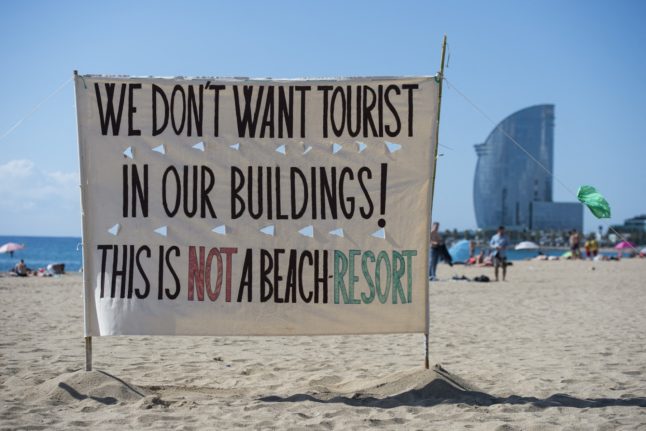The expansion will allow the airport to move 90 million passengers per year by 2031, a 28 percent increase from current traffic volumes, as well as generate “thousands” of new jobs, he said during an address at Madrid’s FITUR tourism congress.
It will also consolidate the airport as Europe’s leading hub to Latin America and develop its connections to Asia with new routes, he added.
“This will be the biggest investment in the last decade in airport infrastructure in Spain,” Sánchez said.
“We are going to turn Madrid airport into one of the biggest airports in the European Union and thus the world.”
The changes, scheduled to take place between 2027 and 2031, will include a revamp of the terminals as well as new hotels and logistical centres around Barajas.
€1.7 billion will go to expanding T4 and another €700 million will be spent on the renovation of T1, T2 and T3, for a better unification of the terminals that will improve the flow of passengers.

Spain is the world’s second-most visited country after France and tourism is crucial for the domestic economy, making up 12.8 percent of gross domestic product in 2023.
The country received a record number of foreign tourists last year, over 84 million, and the amount is expected to rise in 2024.
Some 60 million passengers passed through Madrid airport last year. The facility, run by state-controlled airport operator Aena, had its last major expansion in 2006 with the opening of a fourth terminal.
The announcement of the expansion was welcomed by Spanish airline giant Iberia, with its chief executive officer Fernando Candela calling it “excellent news” which will allow the airport to “play in the top European division”.
But hard-left party Sumar, the Socialists’ junior coalition partners, came out against the project, saying it went against Spain’s environmental commitments.
The airport expansion is “economic and ecological nonsense and means a return to models of the past,” said Sumar’s spokesman in parliament, Iñigo Errejón.
He recalled that the coalition government agreement signed between Sumar and the Socialists included a commitment to ban short-haul flights that can be done instead by train.



 Please whitelist us to continue reading.
Please whitelist us to continue reading.
Member comments